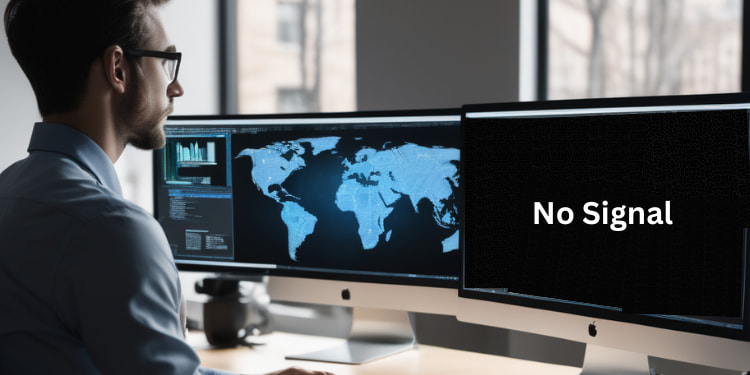Mouse Lagging on Second Monitor [5 Easy Methods 2024]
Is your second monitor mouse lagging? Slow mouse response may affect productivity and enjoyment for gamers, professionals, and casual users. Learn how to fix mouse lagging on second monitor with expert advice. Optimize the dual monitor setup for smooth performance.
Causes Mouse Lag on a Second Monitor
Outdated drivers, wrong display settings, or a weak hardware connection might cause second monitor mouse lag. Understanding the cause is essential to solving the problem.
Symptoms of Mouse Lag
- Mouse response delay
- Stuttering or jerky movements
- Cursor speed fluctuates
How To Fix Mouse Lagging on Second Monitor
Follow the five methods below to fix your mouse lagging quickly:
Method 1: Update Your Drivers
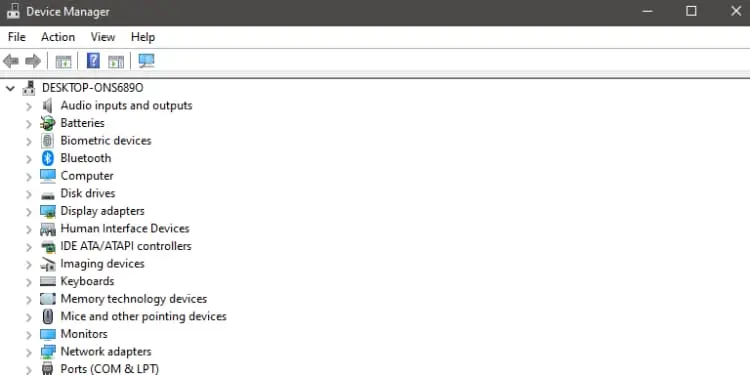
- Select “Device Manager.” from the Start menu.
- In “Display adapters,” right-click your graphics card and select “Update driver.”
- Additionally, under the heading “Mice and other pointing devices,” you must update your mouse’s driver.
Outdated drivers might cause compatibility issues, including mouse latency. Updating them is essential to ensure your hardware connects efficiently with your system.
Method 2: Hardware Checks and Fixes
- Check your monitor cables for damage and proper connection.
- Sometimes, switching ports fixes the problem.
Lag might result from faulty cables or ports between your monitor and PC.
Method 3: Reduce System Strain
- Open Task Manager and close resource-heavy programs with Ctrl+Shift+Esc.
In some cases, lag can be caused by overloaded systems—close unwanted Apps to free up resources for mouse movement.
Method 4: Disable Mouse Pointer Shadow
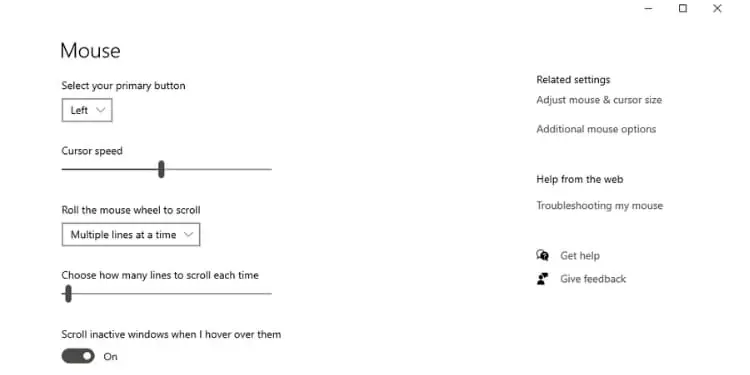
- Open the Start menu by pressing Windows or clicking the taskbar’s Start button.
- Search for “Mouse settings” and choose it from the search results.
- Scroll down to “Related settings” in Mouse settings.
- Click “Additional mouse options.” This will open the window that displays the Mouse Properties.
- Open Mouse Properties and select “Pointer Options” at the top.
- After choosing the Pointer Options tab, you will find a section titled “Visibility.”
- Select the “Display pointer trails” option from this menu. Uncheck it.
- Click “Apply” at the bottom of the window after unchecking “Display pointer trails.”
- Save changes by clicking “OK”.
Windows mouse pointer shadow can be turned off easily to increase cursor visibility.
Method 5: Change the Monitor Refresh Rate
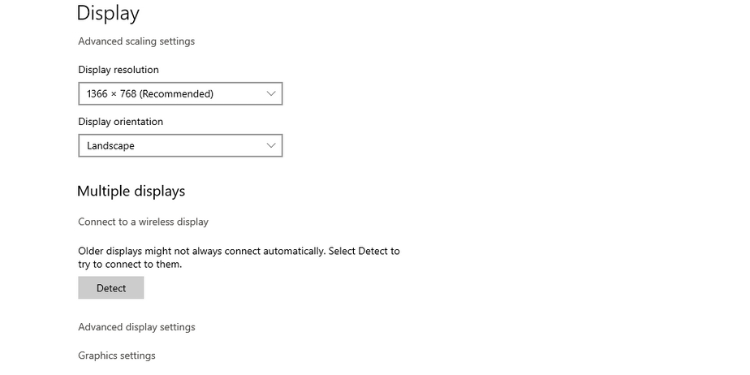
- Right-click an empty desktop space to open the context menu.
- Select “Display settings” from the menu.
- Scroll down to “Advanced display settings” and click it in Display settings.
- Below “Advanced display settings” is a drop-down menu for “Refresh rate.” Click this drop-down.
- Select a monitor refresh rate from the drop-down menu.
- Confirm your refresh rate with “Apply”.
- Close the Display options window after applying and testing the changes.
Changing the refresh rate can improve video and game viewing. You can try multiple refresh rates to find one that meets your needs and display specs.
FAQs
Why is my mouse freezing?
Software conflicts, outdated drivers, and insufficient system resources can cause mouse freezing.
How do I fix my mouse jumping between monitors?
To fix mouse jumping between monitors, disable “Ease cursor movement between displays.” Select Settings > System > Display > Multiple monitors and disable “Ease cursor movement between displays.” This setting improves mouse control and prevents monitor cursor jumps.
Conclusion
Second-monitor mouse lag can be annoying, but straightforward troubleshooting can fix it. To avoid latency, update drivers, modify display settings, verify hardware, and reduce system burden.

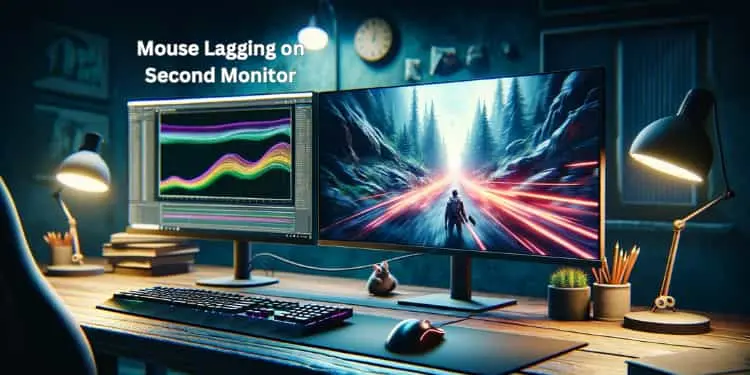
![How to Change Input on MSI Monitor [Simple Steps 2024]](https://techswow.com/wp-content/uploads/2023/12/Add-a-heading-3.png)
